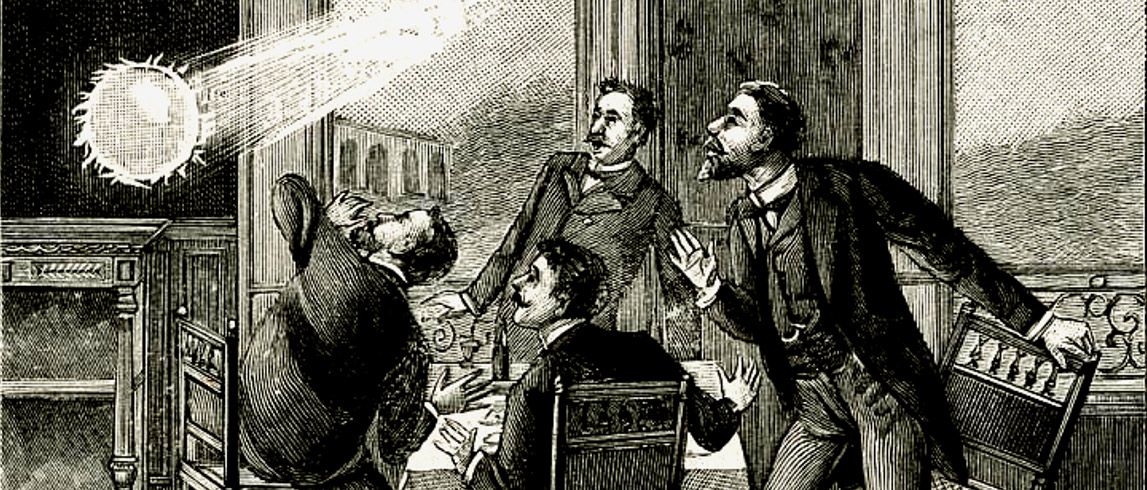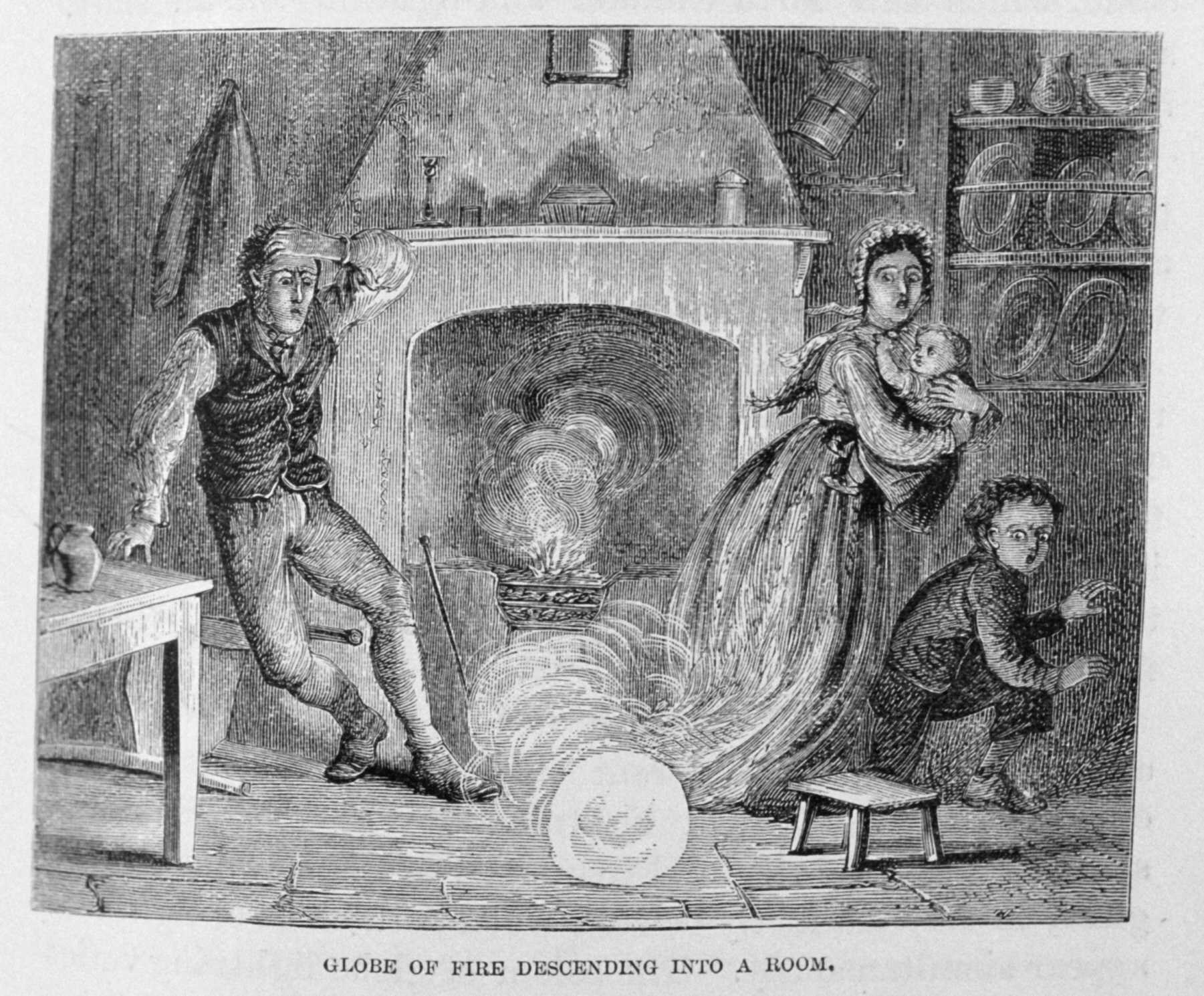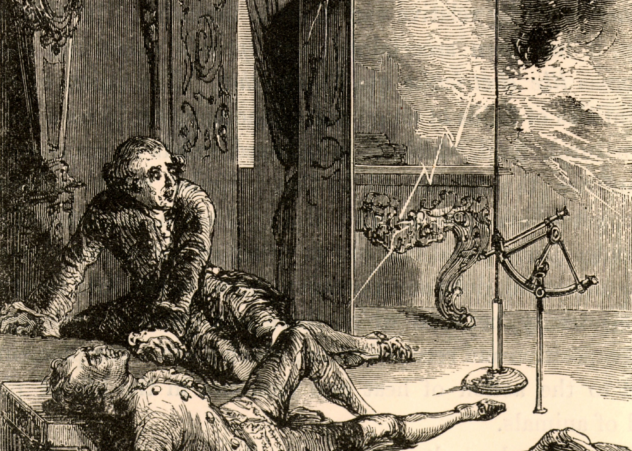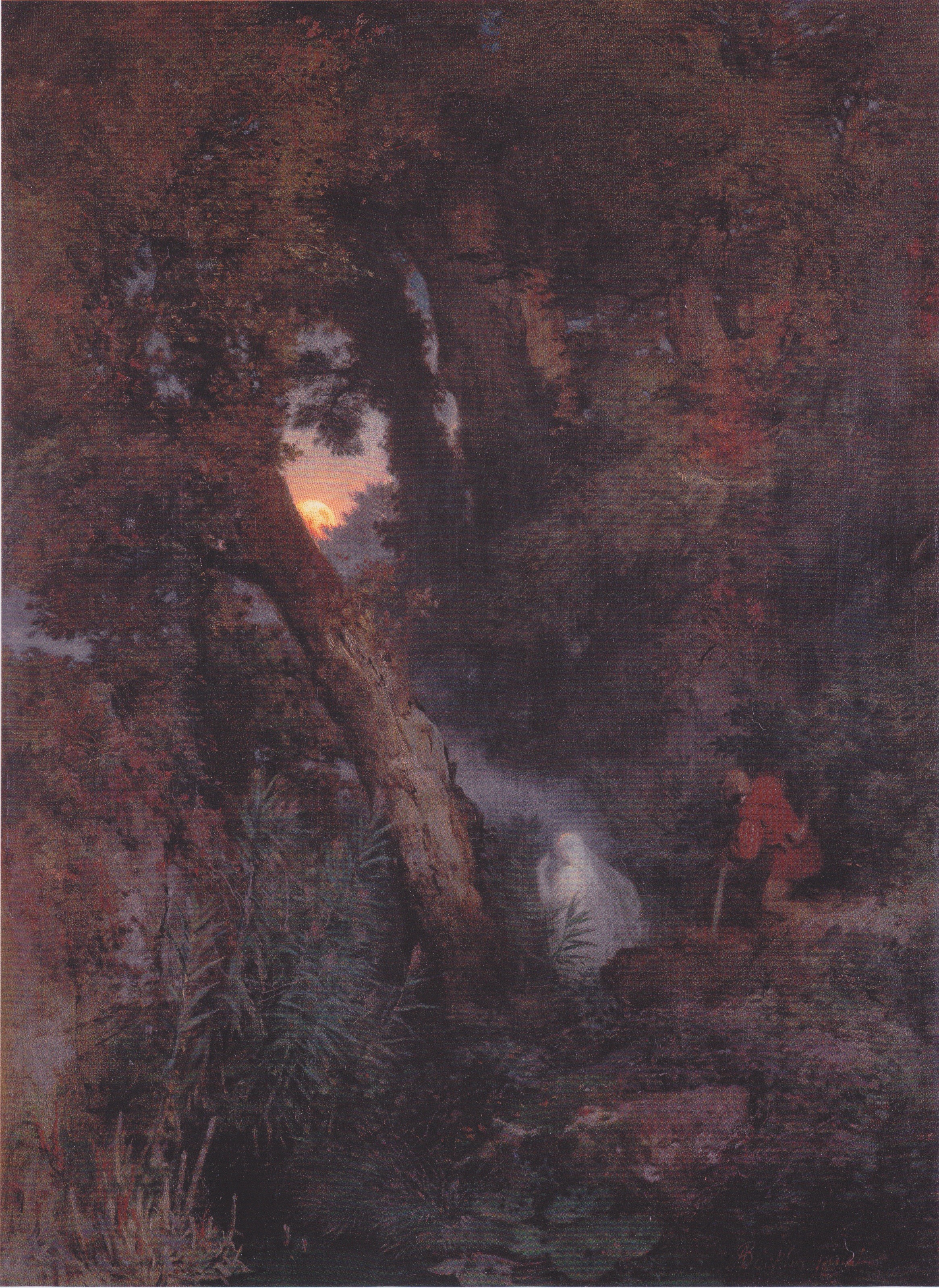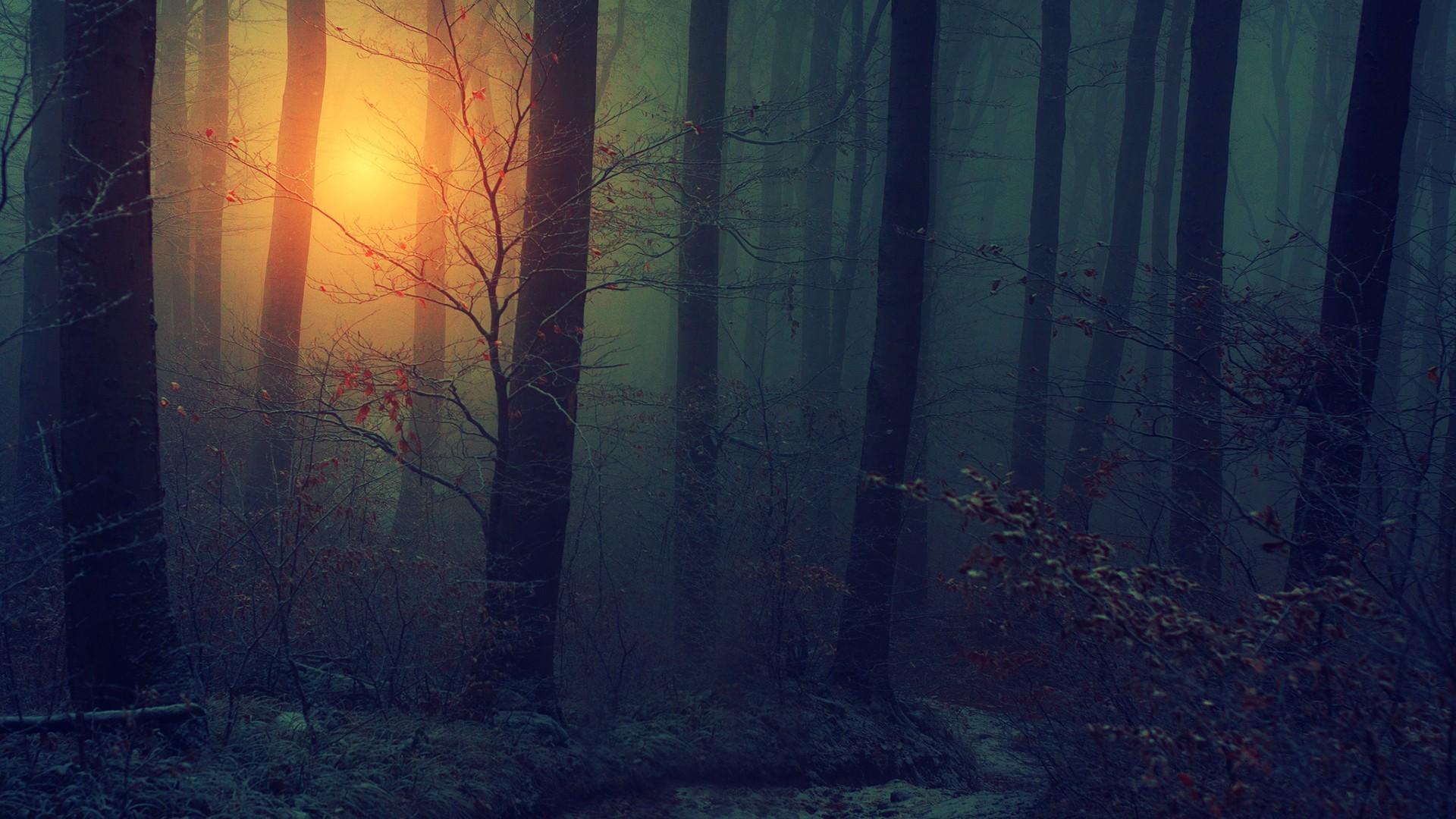There must be 400 or so links in my personal Wikipedia/Interesting Reading bookmarks folder (and so at least that many escalator rides we have yet to take). But while I have considered all of these interesting enough to save and return to, but there have been a few that I don’t really need to bookmark, because I will never forget the experience of first reading them. The wikipedia entry for “ball lightning” is one such entry that blew my mind in such a way. It was absurd to me that there could be such a natural phenomenon as amazing as this that 5% of the world has seen that I didn’t learn in grade school, high school, or college in the natural sciences, or from the Weather Channel or a nerdy friend or even some blog just like this one--this circumstance was really quite amazing to me.
This is ball lightning. A brilliant glowing orb of pure electricity as small as a marble or as large as a boulder that seems to appear from nowhere, and wander the landscape almost as if alive, before disappearing into something (or even an unfortunate someone) with calamitous effect. The Wikipedia entry is chocked full of the most fantastic stories of these events through history:
On 10th of September 1845 a ball of lightning entered the kitchen of a house in the village of Salagnac in the valley of Correze. This ball rolled across without doing any harm to two women and a young man who were here; but on getting into an adjoining stable it exploded and killed a pig which happened to be shut up there, and which, knowing nothing about the wonders of thunder and lightning, dared to smell it in the most rude and unbecoming manner.
However, it’s not just the rude and reckless at danger from ball lightning:
Admiral Chambers on board the Montague, 4 November 1749, was taking an observation just before noon...he observed a large ball of blue fire about three miles distant from them. They immediately lowered their topsails, but it came up so fast upon them, that, before they could raise the main tack, they observed the ball rise almost perpendicularly, and not above forty or fifty yards from the main chains when it went off with an explosion, as great as if a hundred cannons had been discharged at the same time, leaving behind it a strong sulphurous smell. By this explosion the main top-mast was shattered into pieces and the main mast went down to the keel.
Five men were knocked down and one of them very bruised. Just before the explosion, the ball seemed to be the size of a large mill-stone.
(Georg Wilhelm Richmann lays dead by ball lightning after attempting replication of Ben Franklin's famous key and kite experiment (1753))
Now, you may have some questions at this point. What exactly is ball lightning? Well, it's “atmospheric electrical phenomenon” much like regular lightning, but we don’t really yet understand much of what is going on. There are many theories, but we only got it on video to study for the first time in 2014. Why does it happen? It often precedes or comes after a storm, but otherwise we don’t really know. Is it dangerous? In stories through history, it seems almost capricious. Sometimes it floats around or even makes contact with things without harming them, while other times it does damage similar to a regular lightning strike or even “explodes” leaving destruction and the smell of sulphur.
...at a church in Widecombe-in-the-Moor, Devon, in England, on 21 October 1638. Four people died and approximately 60 were injured when, during a severe storm, an 8-foot (2.4 m) ball of fire was described as striking and entering the church, having nearly destroyed it. Large stones from the church walls were hurled into the ground and through large wooden beams. The ball of fire allegedly smashed the pews and many windows, and filled the church with a foul sulfurous odour and dark, thick smoke.
The ball of fire reportedly divided into two segments, one exiting through a window by smashing it open, the other disappearing somewhere inside the church. The explanation at the time, because of the fire and sulfur smell, was that the ball of fire was "the devil" or the "flames of hell". Later, some blamed the entire incident on two people who had been playing cards in the pew during the sermon, thereby incurring God's wrath.
We have noticed that they tend to follow metal surfaces when they do show up, hence the stories of them traveling down chimneys and stovepipes. In modern times, they seem especially attracted to wires and fences. We’ve noticed they can stick around for as brief for a few seconds, or last for many minutes as in this anecdote from Golden, Colorado in 1894:
A beautiful yet strange phenomenon was seen in this city on last Monday night. The wind was high and the air seemed to be full of electricity. In front of, above and around the new Hall of Engineering of the School of Mines, balls of fire played tag for half an hour, to the wonder and amazement of all who saw the display. In this building is situated the dynamos and electrical apparatus of perhaps the finest electrical plant of its size in the state. There was probably a visiting delegation from the clouds, to the captives of the dynamos on last Monday night, and they certainly had a fine visit and a roystering game of romp.
It should come as no surprise that our ancestors believed these events to be supernatural. Many mythological traditions from all over the world have handed down stories of wandering orbs of light that fit the description of ball lightning. Some have speculated that a famous facet of English and Irish folklore, the will-o’-the-wisp, might have been ball lightning (or a related phenomenon--we might have to take this interesting topic up at another date). These “lights of the field” were said to be glowing spirits that traveled over swamps to draw the attention of travelers and lead them astray.
(Will-o’-the-wisp, Arnold Böcklin (1882))
But for my money, the most jaw dropping moment of the entry has to be the following:
...on 6 August 1868, in Ireland [a ball lightning] lasted 20 minutes and left a 6-square-metre (65 sq ft) hole, a 90-metre-long (300 ft) trench, a second trench 25 metres (82 ft) long, and a small cave in the peat bog. Pace VanDevender, a plasma physicist at Sandia National Laboratories in Albuquerque, New Mexico, and his team found depressions consistent with Fitzgerald’s report and inferred that the evidence is inconsistent with thermal (chemical or nuclear) and electrostatic effects. An electromagnetically levitated, compact mass of over 20,000 kg (44,000 lb) would produce the reported effects but requires a density of more than 2000 times the density of gold, which implies a miniature black hole." [Emphasis mine.]
Polling a small group of my own friends and family, I was quite surprised to find that a number of them have personally witnessed these miraculous occurrences (without knowing what they were seeing). If you have, or know someone who has, I hope you’ll add your story to the list in the comments. And if not, maybe you will be lucky enough to witness it one day yourself; but if so, considering all the above, perhaps you should hope to do so at a good distance…
